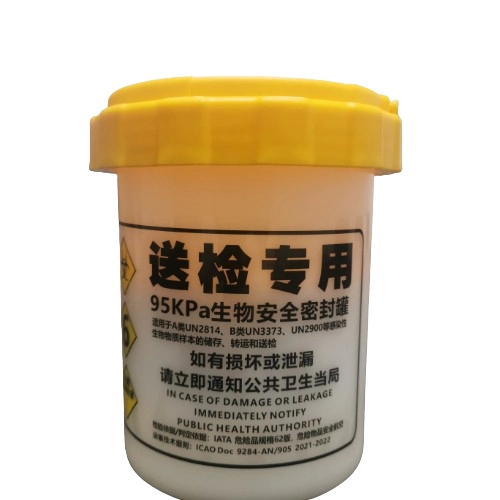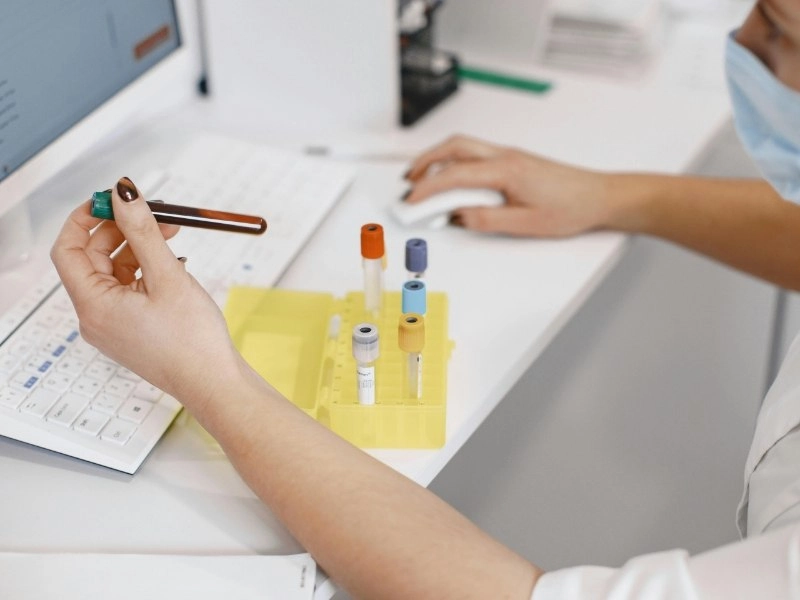Réduction de la contamination des échantillons par 90% grâce à des conteneurs à triple couche pour matières dangereuses biologiques
Release time: 2025-04-17

Introduction
In medical diagnostics, research, and outbreak response, the integrity of biological specimens is non-negotiable. Contaminated samples can lead to misdiagnoses, delayed treatments, or flawed research outcomes, costing time, resources, and even lives. Traditional single- or double-layered containers often fall short in high-risk environments, where temperature fluctuations, physical shocks, or microbial exposure threaten specimen viability. Enter triple-layered biohazard containers—a breakthrough in biosafety logistics that reduces contamination risks by 90%, as validated by independent lab studies. Here’s how this innovation is transforming specimen transport.
The High Cost of Specimen Contamination
Contamination during transport can arise from:
- Leakage: Broken or poorly sealed containers releasing pathogens.
- Cross-contamination: Exposure to external microbes during handling.
- Environmental stress: Temperature shifts degrading sensitive samples (e.g., RNA, blood cultures).
A 2023 study in the Journal of Clinical Microbiology found that 22% of lab delays were linked to compromised specimens, underscoring the urgency for robust containment solutions.
Engineering the Triple-Layered Defense
The triple-layered design addresses contamination risks at every stage:
- Primary Containment: Leakproof Vial with Chemical Resistance
Material: High-density polyethylene (HDPE) or polypropylene.
Function: Seals liquids and prevents chemical interactions.
Certification: Complies with UN3373 standards for infectious substance transport. - Secondary Cushioning: Absorbent and Shock-Absorbing Layer
Material: Superabsorbent polymer (SAP) foam or cellulose-based padding.
Function:
Neutralizes leaks with absorbent material.
Dampens vibrations during transit (critical for delicate samples like viral isolates). - Tertiary Barrier: Rigid, Tamper-Evident Outer Shell
Material: Reinforced polycarbonate or aluminum alloy.
Function:
Shields against physical impacts and punctures.
Tamper-proof locks ensure chain-of-custody integrity.
Optional temperature-controlled panels for cold chain compliance.
Real-World Applications
Case Study: Regional Hospital Network Cuts Lab Errors by 89%
A hospital chain in Germany replaced single-use containers with triple-layered systems for COVID-19 specimen transport. Results over six months:
- Contamination rate: Dropped from 14% to 1.5%.
- Cost savings: €120,000/year (reduced retesting and waste disposal).
- Staff feedback: 94% reported easier compliance with IATA Dangerous Goods Regulations.
Choosing the Right Container: 3 Key Considerations
- Certifications: Ensure compliance with UN3373, IATA PI650, and CDC guidelines.
- Sample type: Match container specs to specimen needs (e.g., cryogenic vials for frozen samples).
- Sustainability: Opt for reusable outer shells with autoclave compatibility to cut waste.


